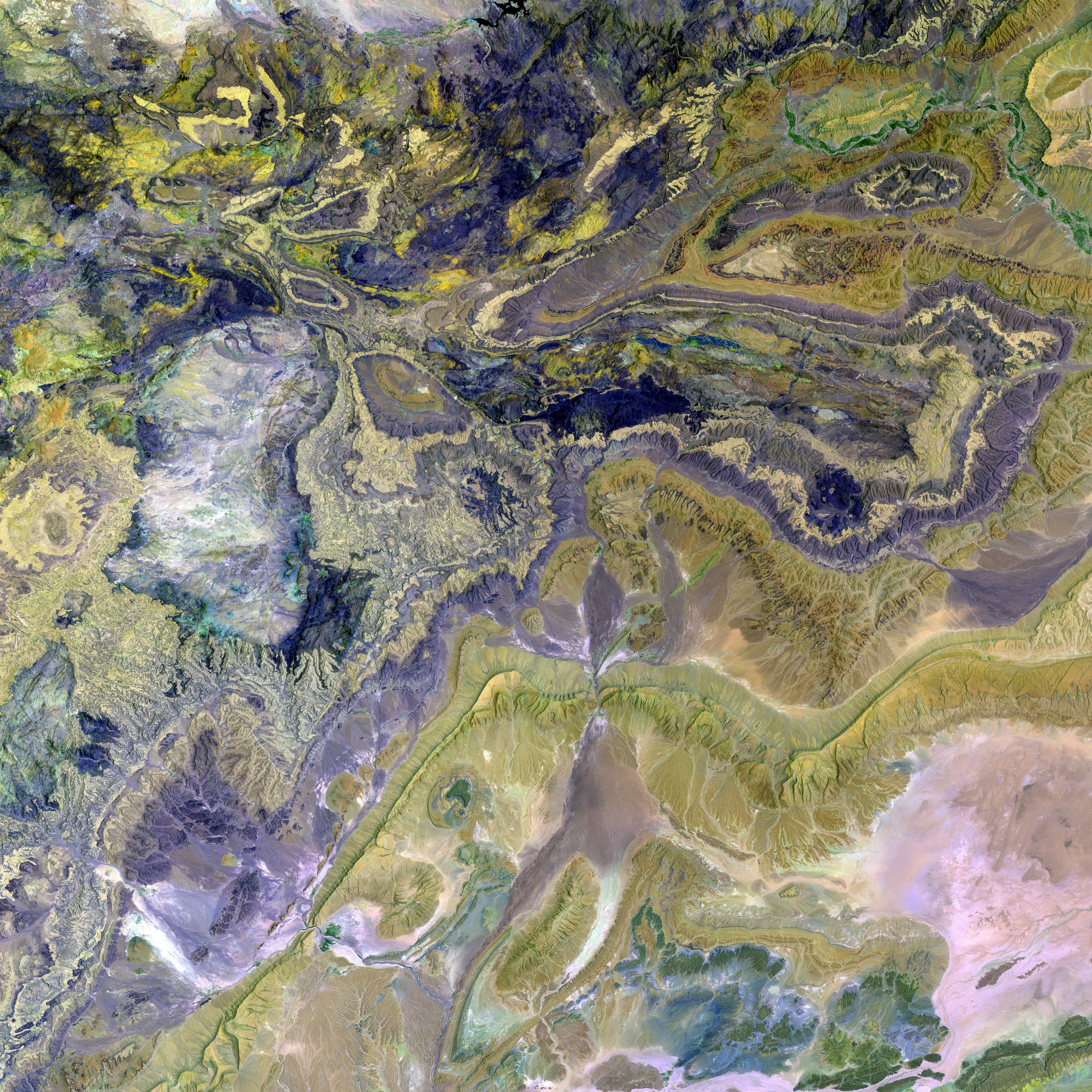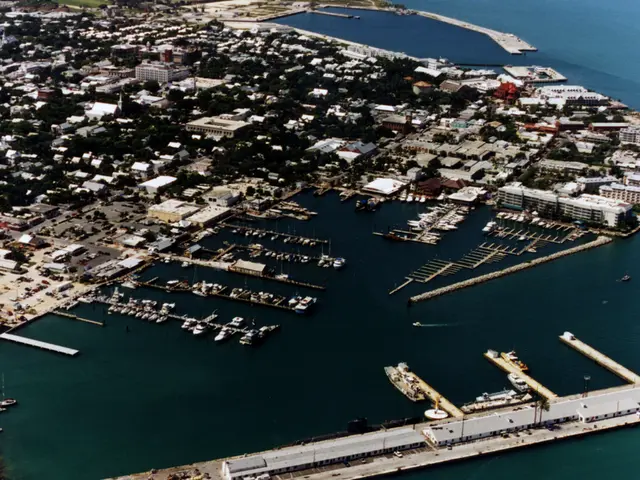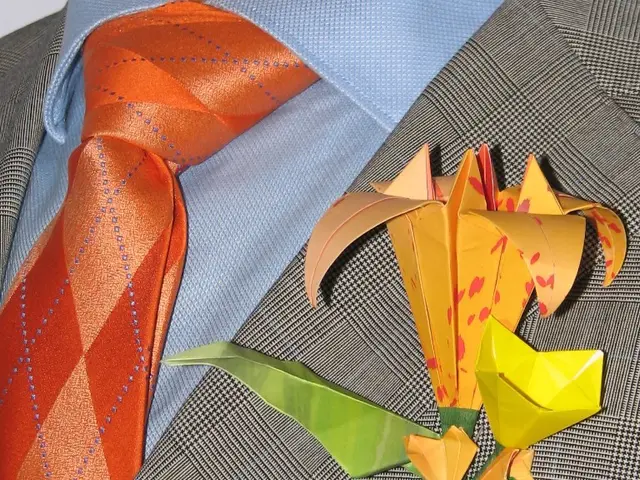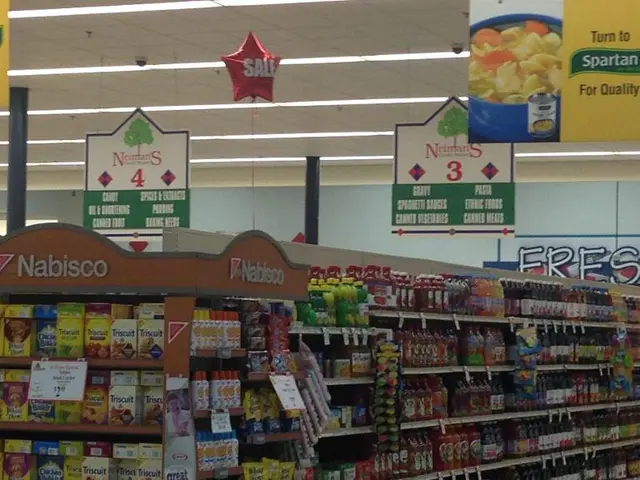Avoid these three items when filling the base of a large planter, as per horticulture specialists:
Using the right materials to fill the base of a large planter can enhance the drainage, reduce the weight, and lower the cost, making it easier to maintain a stunning floral display in your garden. However, some commonly used materials should be avoided, according to gardening experts. Here's what you should not use:
1. Garden Soil
Counterintuitively, experts advise against adding garden soil to your planter, even though it may seem like a logical choice. Garden soil often lacks the ideal conditions necessary for plants to thrive. As stated by Graham Smith MCIHort from LBS Horticulture, "Plants grown in containers require a well-draining potting medium. Garden soil is not an optimal growing medium, as it becomes compacted easily in a container, leading to poor drainage. Additionally, the soil may contain weed seeds or carry over pests and diseases from your garden into the container."
2. Polystyrene
Polystyrene, also known as styrofoam, should not be used for filling large planters as it offers little benefit to plants and can even be harmful. Luke Newnes, a newbuild gardening expert and content creator at Hillarys, explains that "while polystyrene is lightweight and may seem like a useful solution, it can break down over time, creating a mess in the soil and being harmful to both the environment and your plants."
3. Non-permeable Pot Liners
When using a liner in a planter, it's crucial to ensure that it is permeable to allow water to pass through and escape from the bottom of the planter. Otherwise, plants may become waterlogged due to the wrong choice of liner. Graham Smith MCIHort advises, "A liner should be checked to ensure that it is permeable, as otherwise, it will not allow moisture to pass through and escape through the bottom of the planter."
Instead of using garden soil, polystyrene, or non-permeable pot liners, a good quality potting mix is generally all you need to effectively fill the bottom of a large planter. Gravel, particularly, is an affordable and effective option that aids drainage. Other alternatives include broken terracotta pots, ceramic shards, recycled cardboard or egg cartons, wood chips or mulch, upside-down nursery pots, pine cones, sticks, plastic bottles or milk jugs, and pool noodles.
When choosing alternatives for filling large planters, it's essential to consider drainage, weight, and sustainability. Opt for materials that allow for effective drainage to prevent waterlogging and root rot. Lighter materials such as pine cones or sticks are ideal if the planter will be moved regularly. To minimize environmental impact, look for eco-friendly alternatives like recycled cardboard or terracotta shards.
To maintain a flourishing floral display in your home-and-garden, avoid filling large planters with garden soil, as it can lead to poor drainage, compact easily, and may contain weed seeds or pests. Instead, consider using a permeable pot liner or gravel for effective drainage, or alternative materials such as broken terracotta pots, recycled cardboard, or wood chips to lighten the weight and promote sustainability in your home-and-garden lifestyle.








